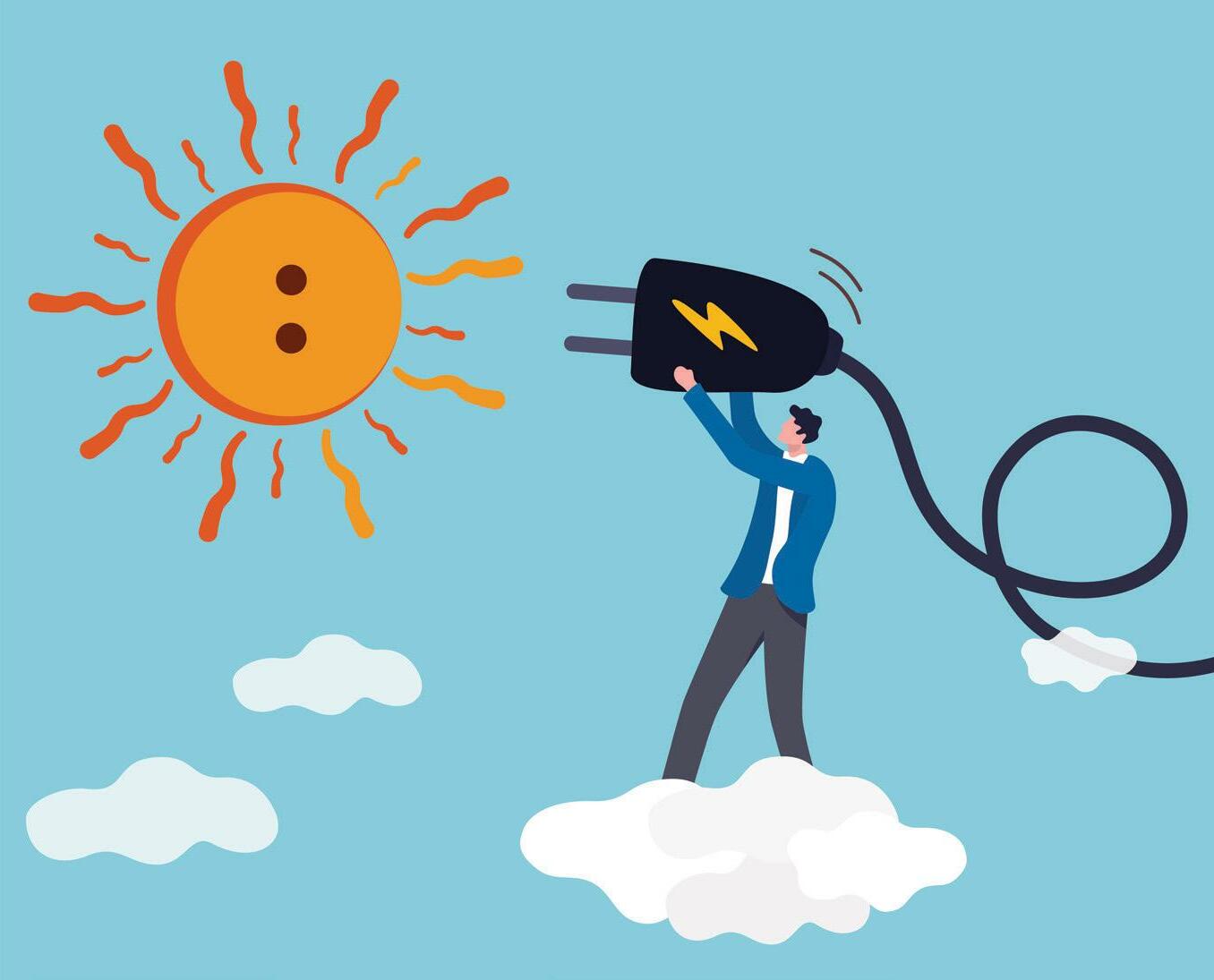
2 minute read
Renewable Energy
ANALYSIS
Beaming down
The GCC has made considerable strides in increasing its solar energy production, says Zainab Mansoor
As is common knowledge, solar power can be used to furnish a range of personal and commercial purposes – it is harnessed from a relentless natural source and the generation of solar energy itself produces no emissions. In fact, it is estimated that the amount of sunlight that strikes the Earth’s surface in one and a half hours is adequate to power the entire world’s energy consumption for a year.
Leveraging the world’s dominant energy source and to mitigate a looming environmental crisis manifesting in the form of rising temperatures and drastic climatic events, there has been renewed commitment globally to increase the share of renewable energy in the overall mix.
The GCC region is no different as it steps up the shift to renewable energy through the launch of ambitious projects. The fact that the region receives sunshine in abundance also helps the cause of solar energy production. Saudi Arabia, the GCC’s largest economy, aims to produce 50 per cent of its electricity from renewable energy resources and the remaining from gas by 2030. In September, the kingdom announced five renewable energy projects to produce electricity, two of which will utilise solar energy and have a combined capacity of 1,500 megawatt (MW).
In October, QatarEnergy announced that it signed an agreement to fully acquire Siraj Energy, a solar power facilities operator. It also awarded a contract in August to build two solar power plants to generate 875MW of renewable energy. The project, along with the under-construction Al Kharsaa solar PV (photovoltaic) power plant, will increase the country’s renewable energy generation capacity to 1.675 gigawatt (GW) by 2024.
THE MOHAMMED BIN RASHID AL MAKTOUM SOLAR PARK WILL HAVE A PRODUCTION CAPACITY OF 5,000MW BY 2030
Bahrain also launched its tendering process to award the contract for a 72MW solar project in the kingdom in August, while Oman’s 500MW solar plant was inaugurated in January, becoming the first solar IPP (independent power producer) project to connect to the main national grid.
DOMESTIC LANDSCAPE
Locally, the UAE aims to achieve net-zero emissions by mid-century and has undertaken multiple initiatives to bolster its solar energy production. In 2012, Dubai announced the Mohammed bin Rashid Al Maktoum Solar Park, the world’s largest single-site IPP-based solar park. Implemented by Dubai Electricity and Water Authority, the park is being built in phases and will have a production capacity of 5,000MW by 2030. Meanwhile, Abu Dhabi is home to the 1,200MW Noor Abu Dhabi solar plant and the under-construction 2,000MW Al Dhafra solar PV plant.
The UAE is keen to invest in renewable energy production beyond its borders as well. In March, Abu Dhabi-based renewable energy company Masdar announced the start of construction for its 230MW Garadagh solar PV plant in Azerbaijan. Last year, it signed an agreement with the Georgian Energy Development Fund to develop a solar PV power project in the country. It also inked a strategic agreement with Iraq to develop five solar PV projects in the country with a combined capacity of 1GW, as well as secured a tender to build a $174m utility-scale solar project in Armenia. Masdar also inaugurated an office in Riyadh recently to expand its presence in the kingdom and support its energy transition.
With enterprising renewal energy projects in place, the UAE and the GCC appear on track in their transition to a greener future.




